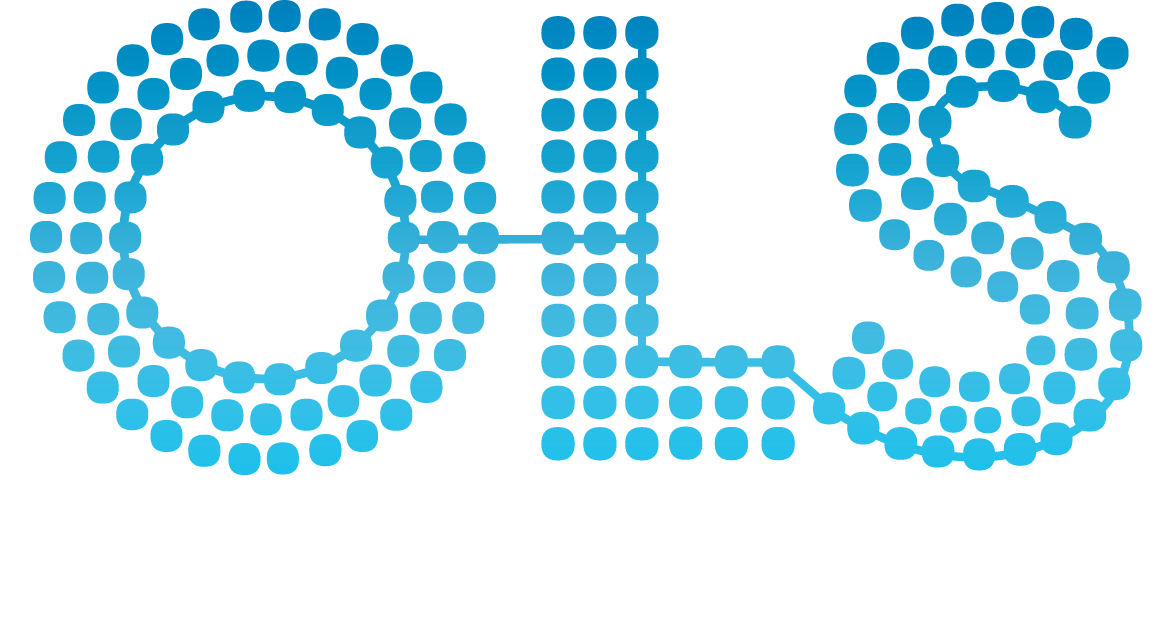|
Elastic Modulus
|
OMIT_0026160 |
[Numerical expression indicating the measure of stiffness in a material. It is defined by the ratio of stress in a unit area of substance to the resulting deformation (strain). This allows the behavior of a material under load (such as bone) to be calculated.] |
|
arterial stiffness measurement
|
EFO_0004517 |
[An Arterial stiffness measurement is the information output of a non invasive pulse wave velocity assay. Arterial stiffness is a predictor of cardiovascular mortality] |
|
pulse wave velocity
|
CMO_0003717 |
[Pulse wave velocity (PWV) is a measurement of arterial stiffness that is an independent predictor of cardiovascular risk. It can be measured simply and noninvasively by measuring the carotid and femoral pulse pressures and the time delay between the two or by other methods relying on pulse-wave analysis.] |
|
Galvanic Skin Response
|
OMIT_0006913 |
[A change in electrical resistance of the skin, occurring in emotion and in certain other conditions.] |
|
monitoring biomarker TM_BIN
|
BMO_0000072 |
|
|
Respiratory Rate
|
SCDO_0000993 |
[The number of times an organism breathes with the lungs (respiration) per unit time, usually per minute.] |
|
sleep latency
|
EFO_0005280 |
[amount of time, usually recorded in minutes, between going to bed and falling asleep] |
|
sleep measurement
|
EFO_0004870 |
[Is a quantification of some sleep parameter.] |
|
insulin sensitivity measurement
|
EFO_0004471 |
[An insulin sensitivity measurement is a measurement of insulin metabolism, which can be measured in a number of ways, for example using the HOMA model or via a glucose tolerance test.] |
|
blood volume pulse
|
BMO_0000095 |
[Photoplethysmographic blood volume pulse (BVP) is a noninvasive sensor and is used to measure blood volume changes and vasodilator function in the microvessels of the finger. BVP is widely used to detect the peripheral pulse waveform that is converted to blood volume amplitude (BVA). Blood volume amplitude reflects arterial dilation and contraction that are controlled by the autonomic nervous system (ANS).] |
|
systolic blood pressure
|
EFO_0006335 |
[The blood pressure during the contraction of the left ventricle of the heart.] |
|
blood pressure
|
EFO_0004325 |
[PRESSURE of the BLOOD on the ARTERIES and other BLOOD VESSELS.] |
|
active minute
|
BMO_0000090 |
[Active minutes refer to the total duration of physical activity during which an individual engages in moderate to vigorous intensity exercise. This metric is commonly used to track and quantify the amount of time spent being physically active, providing insight into one's overall activity level and adherence to recommended exercise guidelines.] |
|
activity level
|
BMO_0000086 |
[Activity level refers to the amount and intensity of physical activity an individual engages in over a specific period. It is an important factor in maintaining overall health, fitness, and well-being. Understanding and monitoring activity levels can help individuals achieve their health and fitness goals, manage weight, and reduce the risk of chronic diseases.] |
|
hemoglobin
|
CHEBI_35143 |
|
|
sleep stage
|
BMO_0000091 |
[Sleep stages refer to the different phases of sleep that a person cycles through during the night. These stages are characterized by distinct patterns of brain activity, physiological changes, and differing levels of consciousness. Understanding sleep stages is crucial for assessing sleep quality and diagnosing sleep disorders.] |
|
blood glucose level
|
BMO_0000092 |
[Blood glucose level, also known as blood sugar level, refers to the concentration of glucose (sugar) present in the bloodstream. Glucose is a vital source of energy for the body's cells, and its levels are tightly regulated to maintain stable energy supply and overall health.] |
|
daytime rest measurement
|
EFO_0007828 |
[quantification of some aspect of daytime rest such as duration, frequency or quality] |
|
nighttime rest measurement
|
EFO_0007827 |
[quantification of some aspect of nighttime rest such as duration or quality] |
|
Intracranial Pressure
|
OMIT_0008544 |
[Pressure within the cranial cavity. It is influenced by brain mass, the circulatory system, CSF dynamics, and skull rigidity.] |
